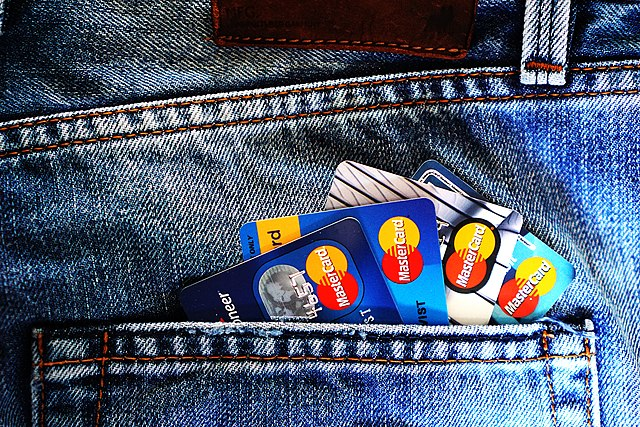In a groundbreaking partnership, Mastercard and MetaMask have joined forces to introduce a crypto-to-fiat card. As pymnts reports, this innovative card allows users to make purchases directly using their cryptocurrency holdings. The MetaMask Card, created in collaboration with fintech platform Baanx, is currently available in a pilot phase to a select group of users in the European Union and the United Kingdom.
The launch of this card marks a significant milestone for both the cryptocurrency and traditional finance industries. It showcases the growing integration between these two sectors and highlights the potential for increased accessibility and convenience for cryptocurrency users.
During the initial pilot phase, a limited number of digital-only cards will be distributed to users in the EU and UK. However, a broader release is anticipated later this year, expanding the availability of the MetaMask Card to a wider audience.
“Anybody who has access to a mobile phone should be able to get access to a basic range of financial services by default,” said Simon Jones, chief commercial officer at Baanx. “This would have huge implications in countries with large numbers of unbanked or underbanked individuals.”
Initial Rollout and Supported Cryptocurrencies
The MetaMask Card is currently in a pilot phase, with a few thousand digital-only cards available to users in the European Union and the United Kingdom, according to coindesk. This limited rollout allows Mastercard and MetaMask to test the card’s functionality and gather user feedback before a broader release later this year.
During this initial phase, the MetaMask Card supports spending with three cryptocurrencies: USDC, USDT, and wETH. Theblock reports that these assets must be held on the Linea network, an Ethereum layer-2 network developed by Consensys. By utilizing the Linea network, the MetaMask Card ensures fast and cost-effective transactions for its users.
The decision to support these specific cryptocurrencies and the Linea network demonstrates the careful consideration put into the card’s development. USDC and USDT, both stablecoins pegged to the US dollar, provide users with a stable means of spending their crypto assets without the volatility often associated with other cryptocurrencies. Meanwhile, wETH, or wrapped Ether, allows users to spend their Ethereum holdings with the same ease as using a traditional debit card.
As the MetaMask Card progresses through its pilot phase, users can expect to see more cryptocurrencies and networks supported in the future. The broader release, planned for later this year, will likely bring even more flexibility and options for those looking to spend their crypto assets in the real world.

Linea Network and User Control
The Linea network is crucial for making purchases with the MetaMask Card. Users must hold their crypto on this Ethereum layer-2 network developed by Consensys.
To use the card, you delegate funds through your MetaMask wallet. As a self-custodial wallet, you keep control of your private keys. This sets the MetaMask Card apart from many other crypto debit cards.
“This gives people more freedom to spend their assets; in this case, crypto,” Lorenzo Santos, senior product manager at Consensys, said.
Those cards often depend on centralized platforms that hold your crypto for you. With MetaMask, you remain in charge of your assets while enjoying the convenience of a debit card.
The combination of the Linea network and MetaMask’s user-controlled approach offers a unique solution. It bridges the gap between crypto and traditional spending without compromising on decentralization.
Future Expansion and Broader Implications
Mastercard and MetaMask have big plans for the MetaMask Card. They aim to expand its availability beyond the EU and UK in the coming quarters. This means more people around the world could soon have access to this innovative crypto-to-fiat card.
But the MetaMask Card is about more than just convenience. It reflects a broader trend of integrating blockchain technology into traditional financial systems. This integration could have major implications for increasing financial inclusion and reducing friction between blockchain and traditional payments.
Imagine a world where anyone with a smartphone and internet access can easily spend their cryptocurrency holdings. No more jumping through hoops or dealing with complicated exchanges. The MetaMask Card brings us one step closer to that reality.
As more companies like Mastercard embrace blockchain technology, we could see a paradigm shift in how we think about money and payments. The lines between traditional finance and cryptocurrency are blurring. And that’s a good thing for everyone.
The MetaMask Card is just the beginning. As blockchain technology continues to evolve and mature, we can expect to see more partnerships and initiatives like this one. The future of finance is looking more decentralized, more inclusive, and more innovative than ever before.
Image credit: Wikimedia





























